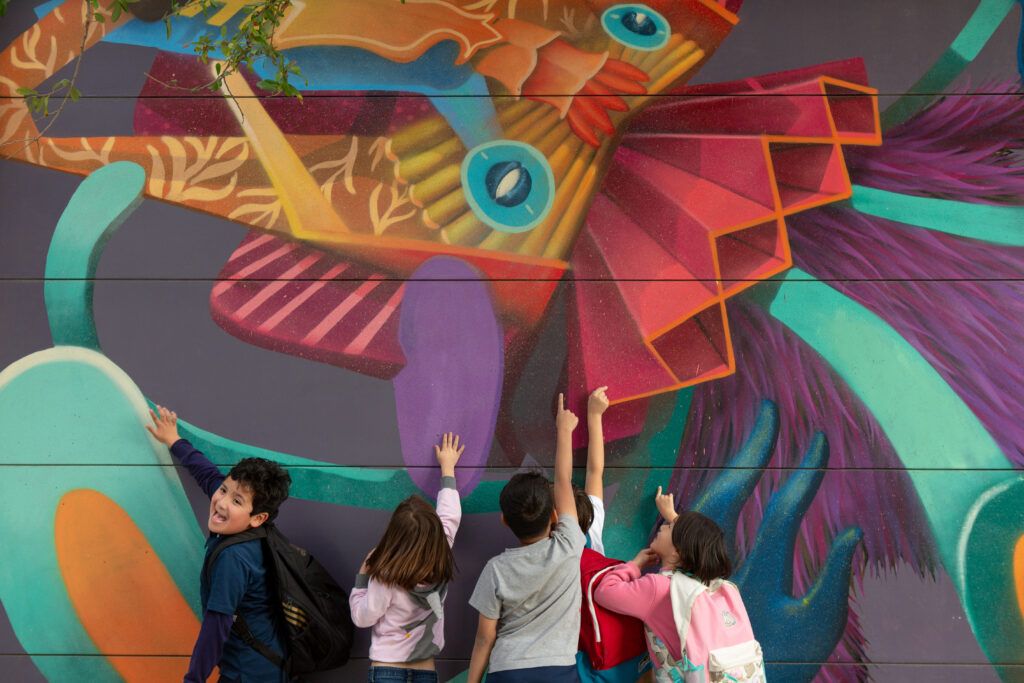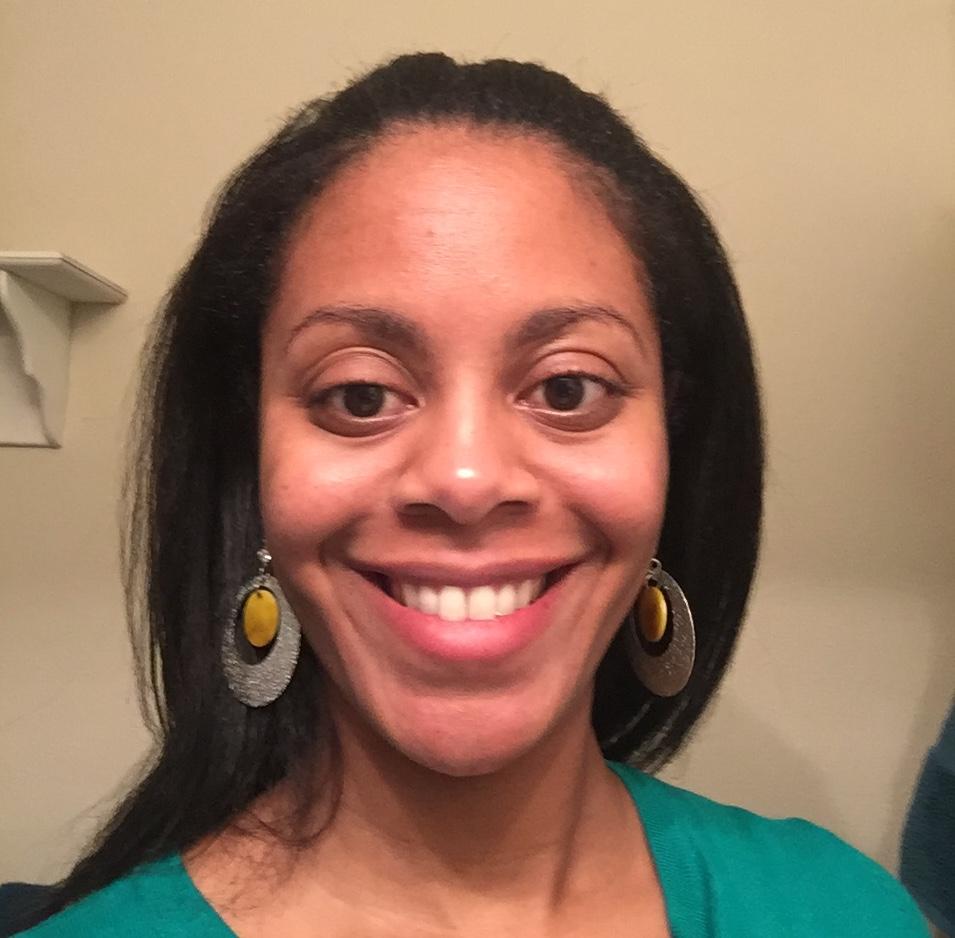The pandemic created further opportunity and accelerated a movement toward nontraditional learning environments, such as independent microschools, homeschool cooperatives, and hybrid or virtual schools. Though nationally representative research on this movement is scarce, research reports and media accounts suggest that the number of these learning environments operating outside of public schools is continuing to grow.
Growing evidence suggests families are happy with the offerings of these unconventional learning environments. Our interviews with parents who sought out unique environments for their children revealed that families of color felt traditional public schools were not meeting their needs for culturally relevant curriculum and safety. Some interviews with parents and educators suggested that smaller learning environments can provide a sense of community and belonging, as well as flexibility and customization not always achievable by traditional public schools.
But how well do these promising new models serve students with the most complex needs, such as students with learning differences and multilingual learners? To answer that question, we scanned websites of 63 independent, unconventional learning environments (more information can be found here). We also reached out to a subset of school leaders for information that might not be on their websites. Our goal was to help foundations and policymakers ensure these programs reach as many students as possible, especially those most in need of innovative solutions.
The context
Independent, unconventional learning environments do not have a legal obligation to serve all students, and publicly available information is limited. Nevertheless, CRPE’s past research on public charter schools and students with special needs is relevant. Similar to the independent learning environments in our list, charter schools are promising places for students with disabilities, due to their high degree of flexibility and autonomy. CRPE has found that charter schools can successfully serve students with disabilities, but it requires conditions that can be difficult to maintain. In the worst cases, schools “counsel out” students with special needs who they believe could present behavior concerns or whose services would be expensive. With this in mind, we set out to explore first whether independent, unconventional learning environments offer specific offerings or services to students with complex needs.
Key findings
Very few independent, unconventional learning environments referenced support for special populations on their websites. Conversations with a subset of school leaders suggest that some programs support students with special needs in more ways than their online materials suggest, but face real constraints. For unconventional—and often small—schools to serve families whose students have special needs, research and practice must progress in tandem.
The vast majority of the microschools, hybrid homeschools, and learning pods whose websites we scanned—87%—did not advertise any specialized supports for, or even mention, students with disabilities. A mere 13% mentioned services for students with disabilities. Only 7% mentioned multilingual learners.
Among this minority in our scan, several had a concerted focus on students with complex needs. For example, North Florida School of Special Education in Jacksonville, FL, serves students ages 6-22 who have intellectual and developmental differences. Autism Inspired Academy in Clearwater, FL, focuses on developing the strengths of students on the autism spectrum. (Notably, the state of Florida offers Education Savings Accounts for students qualifying for special education.) La Luz in Denver, CO, is a bilingual mobile microschool/home enrichment program for middle schoolers, and one of few environments specifically prioritizing multilingual learners.
Of course, information published on websites doesn’t tell the whole story. More programs may welcome and support special populations and simply not mention it on their website, for example.
Indeed, follow-up phone conversations suggest that some of these programs do offer support services or accommodations, but don’t readily advertise them on their websites. Sora, a full-time online middle and high school, mentioned it serves students on the autism spectrum who found the school’s “inquiry-based learning” approach to be more compatible with their learning needs. Strike School, a virtual school for K-12 students in Oregon City, OR, said it offers individual education programs with “customizable curriculum to meet each child’s needs and learning style.” Rock Tree Sky, a learning community in Ojai, CA, said it serves students with physical disabilities, including providing accommodations for a student who was in a wheelchair. These conversations suggest that unconventional learning environments have various ways of supporting students with unique needs, but that special education services may sometimes only be available on a case-by-case basis.
Our conversations also hinted at the issues schools face in accommodating special needs. Unsurprisingly, for a sector that often lacks sustainable funding, independent schools we spoke to noted that financial resources often limit their services. Without adequate funding, hiring staff trained to support students with complex needs is nearly impossible. One school founder said that, while her small school can support students with mild disabilities like ADHD or dyslexia, it wouldn’t be “ethical or responsible” to claim it can meet every need. That’s too bad, she said, because small schools can be very desirable for families of students with special needs.
Even if these innovative models of schooling do not explicitly support special populations, students with unique needs still might thrive there. Advocates for unconventional learning settings, like microschools, argue that they’re naturally effective for special populations in certain ways. Rachelle Noble, founder of Microschool Solutions, an organization that helps teachers start new microschools, believes that very small learning environments are great places for complex learners to get individualized support. “Many of the accommodations that would often show up on an IEP (such as allowing a student more time to finish an assignment, more flexibility in when they take breaks, etc.) are naturally present in microschools,” she told us in a phone interview.
However, it’s clear from prior research that the students who need innovative programs most—students with disabilities, multilingual learners, and others—are sometimes excluded from admission, “counseled out,” or are insufficiently served because the programs simply cannot meet those students’ unique needs. Funding, size, and staffing constraints are all real barriers for small schools, but there are also well-documented solutions that can allow them to meet a broad spectrum of need. In fact, charter schools are less likely to identify or segregate students with disabilities. Such programs are more effective when they go hand in hand with investments in teacher professional development and resource sharing across a network of schools, technology-based solutions, specialized whole-school coaching. These and other strategies can help ensure that even tiny microschools can expand their reach to serve a more diverse array of learning needs.
Future research
What we’ve learned so far is very limited—and only based on our scan of 63 websites and initial conversations with a handful of programs. Clearly, more research is needed on the extent to which unconventional learning environments are serving students with disabilities and multilingual learners. Going forward, we hope to learn more about the services these programs do and don’t offer; the experiences of families whose students have special needs (including whether and how they may have been “counseled out”); and how well they are informing families about these learning environments.
If these questions go unanswered, microschools and other unconventional environments are at risk of excluding an underserved special population in both obvious ways—by not accepting them—as well as more insidious ones, such as counseling families out or providing subpar services. For example, we have seen both public district and charter schools claim to serve students with special needs but don’t keep the promise.
CRPE remains encouraged by the potential for unconventional learning spaces to provide high-quality education and more culturally affirming and inclusive environments, with small and individualized classes, prioritizing student exploration and expression. All of these could greatly benefit special populations whose needs have been historically underserved—but only if they are not left out.






Unconventional private schools are attracting parents with tailored offerings. Public schools can, too.
Chelsea Waite
Principal